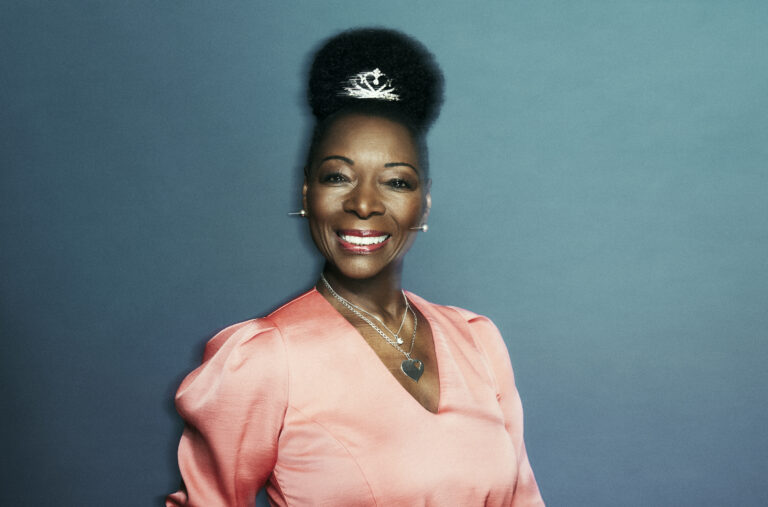
Unconscious bias is something we all have, and it’s vital to be aware of it and to take steps to overcome it in order to avoid a negative impact on D&I in the workplace.
The problems with unconscious bias include missing out on the best talent when recruiting, reducing innovation and creativity within your business, and not being able to identify certain risks due to a lack of diversity in the workforce, which ultimately can be costly. Our unintentional preferences can be about gender, race or age, or about someone’s background or previous experience.
To prevent unconscious bias from harming your business, it’s important that it is not simply seen as an HR initiative or problem. HR may provide training on identifying unconscious bias and they can ensure that recruitment panels are diverse, but that alone is not enough. It must be something that all managers are invested in, promoted by senior leaders and constantly reinforced, not only by HR but also among peers. Overcoming unconscious bias requires a culture shift and way of thinking, rather than policies and quotas.
When we don’t address unconscious bias, the danger is that discrimination can affect recruitment decisions as well as performance management and career development.
When we do acknowledge that we all have unintentional prejudices and we take measures to address it, the benefits can include increased productivity and staff engagement, recruiting the best person for a given role, and increased diversity in the workforce which in turn leads to better decision-making and innovation.
In addition to unconscious bias training, we can all self-evaluate and put simple steps in place – for example, learning to question our first impressions of others and considering why we react to them in a certain way. It’s also important to cultivate a workplace culture where employees feel comfortable to query a decision in a respectful way, if they feel that unconscious bias is playing a part. Again, this requires a joint effort from senior leadership, HR and the workforce itself.
Crucially, employees need to be engaged with the concept of overcoming unconscious bias, so that everyone in the business is aware and informed, has individual accountability and challenges their own way of thinking, and is motivated to encourage their colleagues to do the same.






Comments are closed.